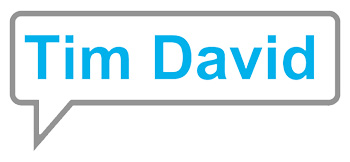The Future of Working Together:
5 Non-Obvious Traits of Top Teams
Ideal Audience:
General Business, especially hybrid and remote teams
Available Formats:
Keynote, Breakout, Half-Day/Full-Day Strategic Work Session, Digital Keynote, Virtual Training, Coaching/Consulting
Description:
A team divided cannot stand. But a team connected multiplies.
This is why talent acquisition and retention – which is expensive, time-consuming, and difficult – is not nearly as important as talent multiplication.
Talent multiplication works like this: one Clydesdale horse can pull a ton. Two Clydesdales – connected together properly – can pull ELEVEN tons. Connection is how mediocre talent on a top team outperforms top talent on a mediocre team. This is how an organization with limited resources can compete with the biggest players – by connecting together properly.
This program teaches the non-obvious traits of highly connected teams so your teams can operate at a far higher level than the sum of their parts.
A Divided Team...
· Communicates poorly.
· Can’t fully agree on important decisions.
· Has ineffective, drawn-out meetings that are dominated by a few.
· Bickers about minor issues.
· Doesn’t even know why they’re forced to work on a team and hates coming into the office.
· Has workplace drama that affects everyone.
· Doesn’t feel autonomy or freedom to be creative.
· Wastes its talent.
Meanwhile, A Connected Team...
· Has confidence.
· Is accountable and self-directed.
· Communicates openly.
· Strives for 100% consensus.
· Deals with conflict quickly and effectively.
· Knows their roles.
· Has cheerleaders instead of backstabbers.
· Maximizes their time in meetings.
· Multiplies the effectiveness of its talent!
Objectives:
After this program, attendees will be able to…
· Cut meeting times in half, while increasing productive output – Even virtually!
· Make purpose and vision an integrated part of their work instead of just a “statement.”
· Understand and interpret their teammates’ attitudes and behaviors – for the benefit of everyone.
· Be a team player instead of a team destroyer.
· Gain complete clarity on team roles and procedures.
· Build more interpersonal influence – and get things done quicker and easier.
· Balance personal goals with team goals.
· Handle and manage conflict and constructive criticism – without hurt feelings.
· Assess and adjust any team’s performance.
· “Manage up” – communicating effectively to their boss.
· Celebrate wins successfully with four proven ingredients.
Program Reviews:

